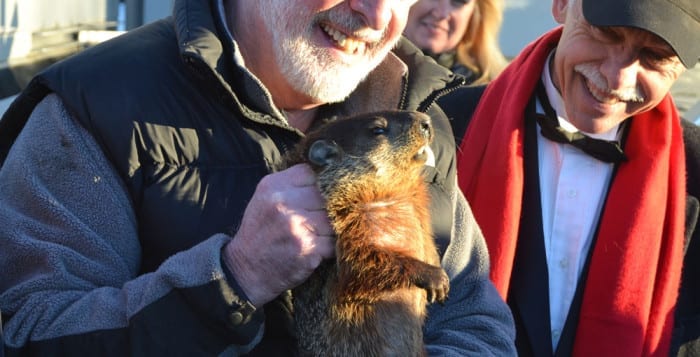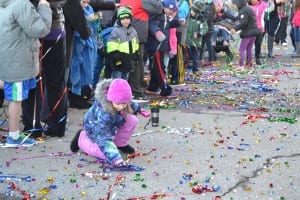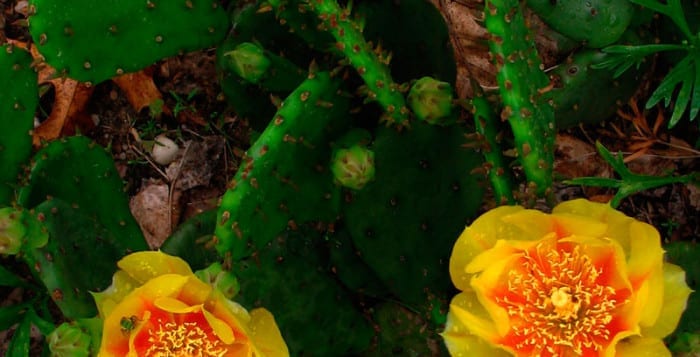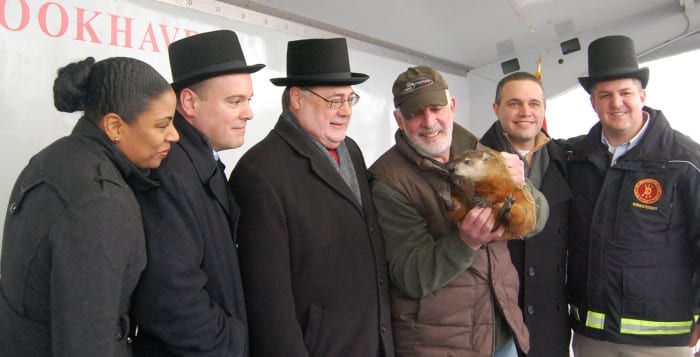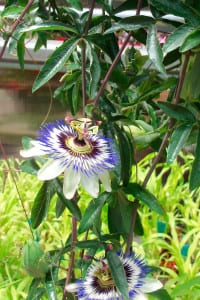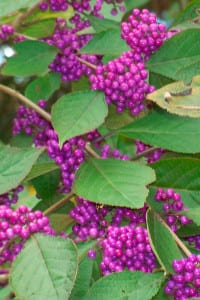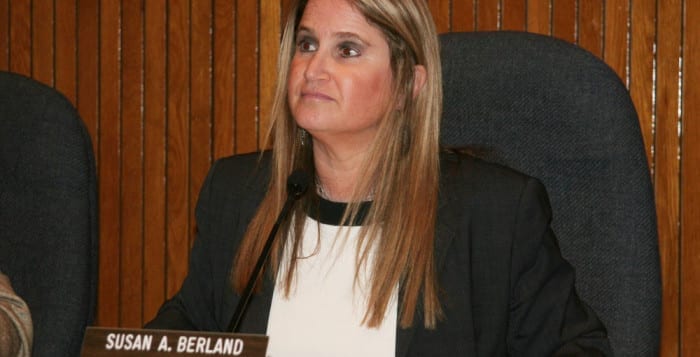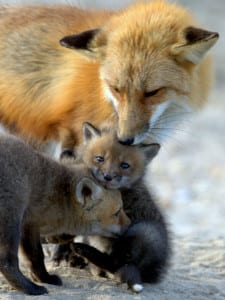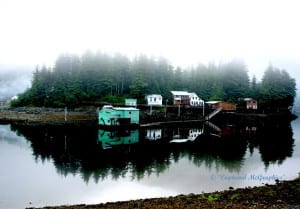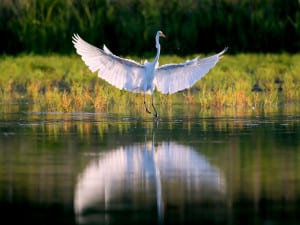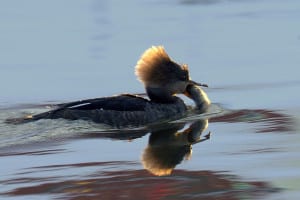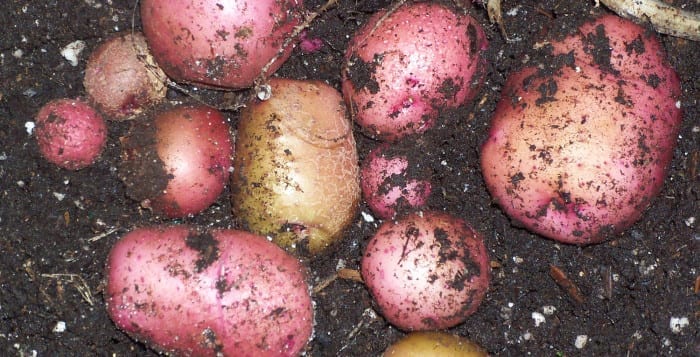Update, Feb. 11, 1:10 p.m.: According to the Huntington Arts Council, the opening reception scheduled for Feb. 5, originally postponed due to snow conditions, has been moved to Friday, Feb. 19, from 6 to 8 p.m. at the Main Street Gallery.
The Huntington Arts Council’s Main Street Gallery will present its latest exhibit titled “Earth, Air and Water: A Celebration of Tri-State Wildlife and Nature” from Feb. 5 to 27. An opening reception will be held on Feb. 5 from 6 to 8 p.m. All are welcome to attend.
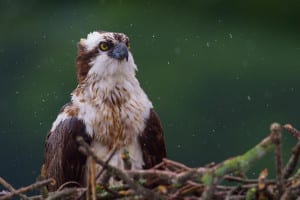
Participating artists in the juried photography show include Talia Amorosano, Irene Andreadis, Debra Baer, Amy Bisagni, Holly Black, Winifred Boyd, Laura Rittenhouse Burke, Terry Canavan, Dorothy M. Chanin, Tom Colligan, Joseph Cutolo, Leonard Digiovanna, Jessie Edelstein, Monica Friedrich, Jay Gammill, Shannon Gannon, Susan Geffken Burton, Phyllis Goodfriend, George Gough, Jovanna Hopkins, Patrick Keeffe, John Killelea, Susan Kozodoy Silkowitz, Julia Lang-Shapiro, Mark Lefkin, Matthew Levine, Elizabeth Milward, Vera Mingovits, Trish Minogue Collins, Howard Pohl, Tom Reichert, Burt Reminick, Spencer Ross, Max Schauder, Harry Schuessler, Ruth Siegel, Don Thiergard, E. Beth Thomas, Susan Tiffen, Mac Titmus, Pamela Waldroup and Joan Weiss.
The exhibit was judged by Andrew Darlow, a New Jersey-based photographer and digital imaging consultant whose photography has been exhibited internationally and has been featured in numerous magazines and websites. He has lectured and conducted seminars and workshops around the world. Of the 154 pieces of work submitted, Darlow chose 42 photographs to appear in the show.

“Photography is like magic. In a fraction of a second, a moment can be captured that will never be repeated exactly the same way again. This is especially true when our images include wildlife and nature,” said Darlow. “The entries for this show truly showcased the natural beauty and splendor of New York, New Jersey and Connecticut. In addition to many spectacular images of animals, flowers and breathtaking water scenes, I selected some photographs that include people and man-made structures. This balance between the human and natural worlds fascinates me, and I really look forward to viewing the exhibition on the gallery walls,” he added.
Best in show went to “Crab Meadow Sunset” by Irene Andreadis, and honorable mentions were “Osprey in the Rain” by Tom Reichert and “Cutchogue Barn” by George Gough. Congratulations!
The Huntington Arts Council’s Main Street Gallery is located at 213 Main Street in Huntington. It is open Monday to Friday from 9 a.m. to 5 p.m. and Saturday from noon to 4 p.m. For more information, call 631-271-8423 or visit www.huntingtonarts.org.

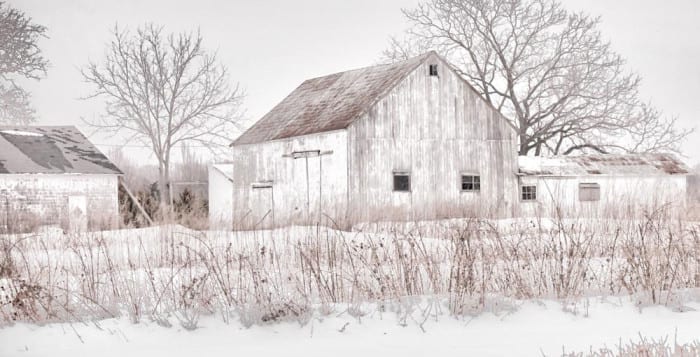
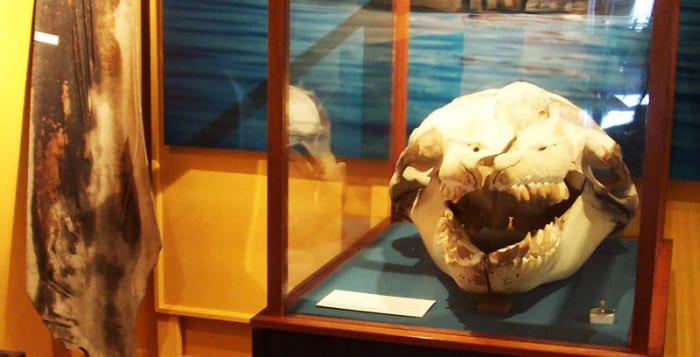
 A scene from ‘Moby Dick.’ Photo from The Whaling Museum
A scene from ‘Moby Dick.’ Photo from The Whaling Museum